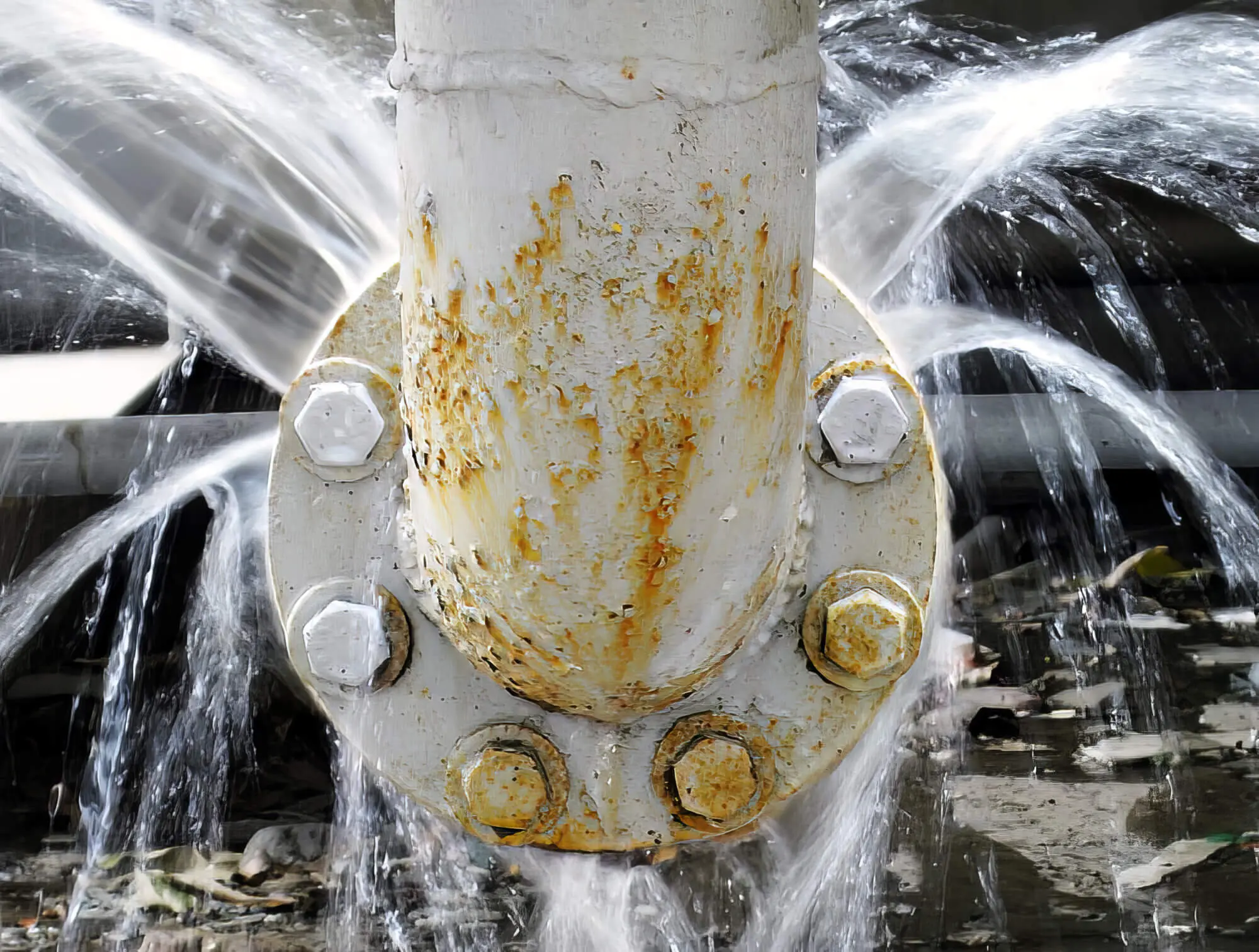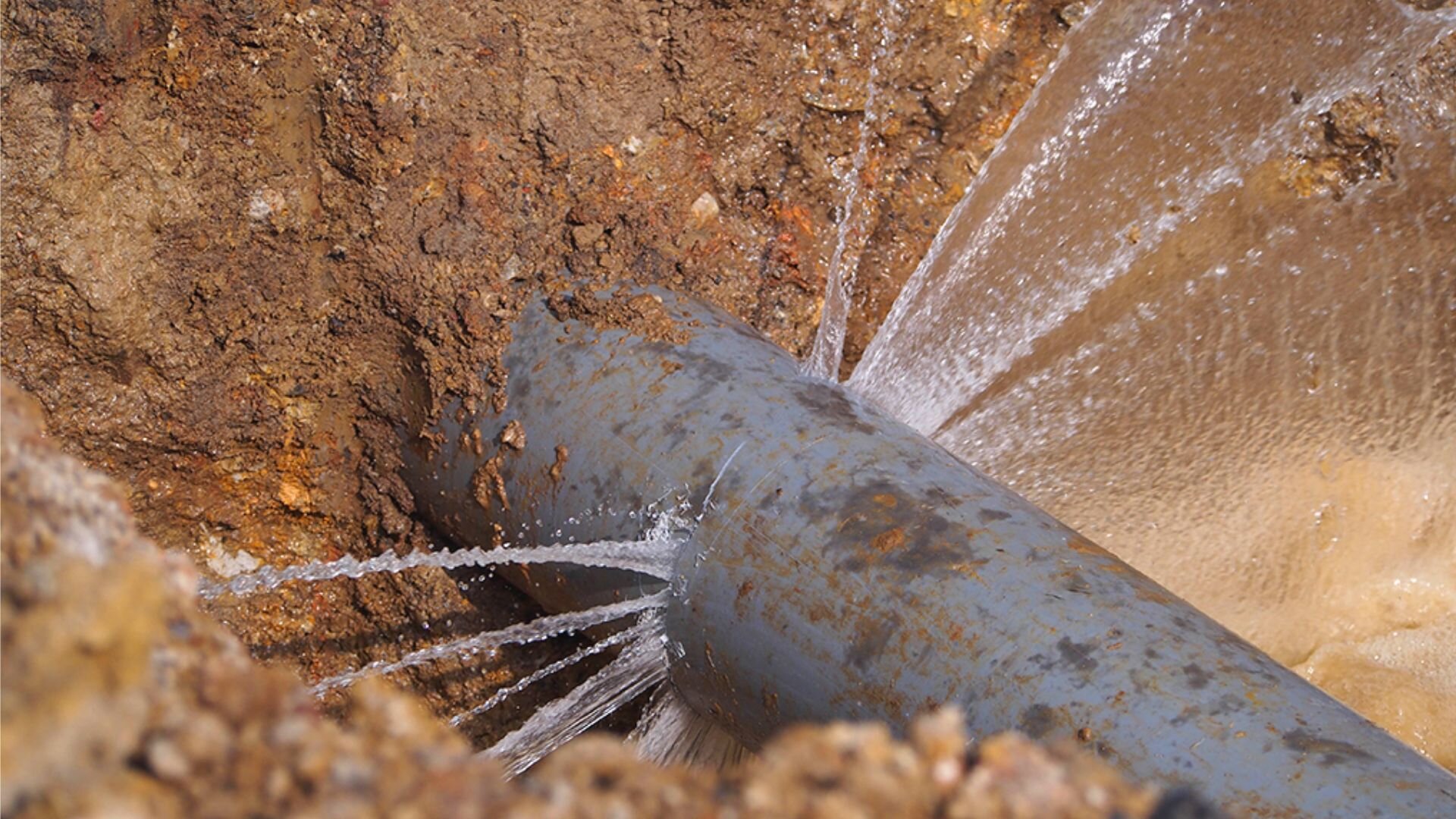Preventing Burst Pipes: Necessary Tips to Protect Your Plumbing
Stopping ruptured pipes is an important worry for property owners, particularly throughout colder months when the risk of cold is heightened. Implementing strategic actions such as correct insulation, regular assessments, and preserving constant interior temperature levels can dramatically lower the chance of pipeline failing. In addition, recognizing emergency situation procedures gears up property owners to react quickly to prospective pipes problems. Lots of are uninformed of the specific susceptabilities that their pipes might encounter. Checking out these vulnerabilities can supply vital insights right into guarding your pipes system properly.
Understand Pipe Vulnerabilities
Comprehending pipe vulnerabilities is essential for efficient pipes maintenance and stopping pricey damage. Numerous aspects add to the susceptibility of pipelines to ruptureds, consisting of material make-up, age, and environmental conditions. Older pipelines, specifically those made from galvanized steel or polybutylene, often degrade gradually, bring about increased threat of tears and leaks.
Temperature level variations can likewise significantly effect pipe integrity. In cooler environments, water trapped in pipes can ice up, expanding and applying stress on the pipe walls, which might eventually cause a ruptured. Furthermore, high water pressure can stress pipelines, especially at joints and bends, enhancing the likelihood of failing.

Insulate Pipes Correctly
Appropriate insulation of pipelines is vital for preventing cold and subsequent bursts throughout winter (burst pipe). Shielding your plumbing system successfully safeguards against temperature goes down that can bring about pricey damages. Begin by recognizing prone areas where pipes are subjected to outside temperatures, such as cellars, attic rooms, and outside walls
Use foam pipe insulation sleeves or cover insulation tape around these locations to provide a protective barrier. Guarantee that all areas of the pipelines, specifically those with minimal warmth exposure, receive sufficient insulation. Pay unique interest to joints and fittings, as these are a lot more vulnerable to cold.
When insulating, it's important to select products that fulfill regional building regulations and are ideal for the particular atmosphere. Fiberglass insulation is commonly advised for its thermal resistance properties. Additionally, take into consideration making use of warmth wires or tape in extreme problems, which can be connected in to give additional warm
On a regular basis evaluate shielded pipelines for any kind of signs of wear or damages, as endangered insulation can lessen its performance. By taking these aggressive measures, you dramatically lower the threat of pipe ruptureds, ensuring a trustworthy pipes system throughout the winter season months.
Maintain Constant Temperature
A stable indoor temperature is crucial for protecting against burst pipelines during the icy months. When temperature levels decrease, water within pipes can ice up, expanding and producing pressure that might inevitably trigger the pipelines to ruptured. To minimize this danger, home owners ought to preserve a constant temperature throughout their space, preferably no reduced than 55 ° F(13 ° C)Utilizing a programmable thermostat can help manage interior temperature levels properly, ensuring that rooms with plumbing stay warm even when your house is unoccupied. Pay unique attention to locations that are much more at risk to cool, such as garages, attic rooms, and basements. Maintaining closet doors open under sinks can additionally permit warmer air from the home to flow around pipes.
On top of that, it is prudent to allow taps to drip slightly throughout severe cold spells. This minor circulation of water can avoid cold by easing stress within the pipes. Throughout specifically severe weather occasions, take into consideration momentarily suspending any nighttime troubles on your thermostat to maintain a constant warm environment. By implementing these strategies, house owners can significantly minimize the risk of pipe ruptureds and protect their pipes systems against the harsh wintertime elements.
Frequently Evaluate Plumbing
Routine assessments of pipes systems are critical for avoiding ruptured pipelines and keeping general go to this site home honesty. Routine checks enable house owners to determine possible problems before they escalate right into costly repair work or major water damage. Throughout these examinations, it is vital to examine noticeable pipelines for indications of rust, leakages, or put on. Pay unique focus to areas prone to freezing, such as basements, attic rooms, and exterior wall surfaces.
Additionally, checking connections and joints is vital, as these points are often prone to leaks. Property owners ought to also evaluate water pressure degrees, as extreme pressure can stress the plumbing system and boost the threat of pipeline ruptureds.
Consider organizing expert pipes inspections at the very least when a year, especially before winter, to guarantee your system is prepared for colder temperature levels. By being positive in your approach, you can secure your home versus the disruptive and expensive consequences of burst pipes.
Know Emergency Situation Procedures
Comprehending emergency situation procedures is essential for every house owner, especially after performing routine pipes assessments. Being planned for a pipes emergency situation can considerably reduce damage and save costs. Find your major water shut-off shutoff; it is typically found near the water meter or where the major line enters your home. Acquaint yourself with its operation, as shutting off the water system promptly can protect against considerable flooding.
Following, maintain important devices helpful. A pipes emergency set need to include a wrench, plunger, and towels, along with a flashlight and a container for small leakages. Furthermore, think about having the get in touch with info for a relied on plumbing conveniently offered, must the circumstance intensify beyond your control.
If you discover a leak or burst pipeline, quickly turn off the water and inform your plumbing technician. Record the damages with pictures for insurance purposes. Know the signs of potential plumbing issues, such as uncommon water pressure variations or damp areas on walls
Ultimately, aggressive knowledge and swift action are important in taking this page care of plumbing emergency situations, ensuring your home remains safeguarded and reducing possible damage.

Verdict
In final thought, stopping ruptured pipelines requires a multifaceted approach that includes understanding pipe vulnerabilities, proper insulation, preserving regular indoor temperature levels, regular assessments, and understanding of emergency procedures. By carrying out these vital strategies, the danger of plumbing failures can be dramatically reduced, consequently ensuring the long life and performance of the plumbing system. Proactive measures not only safeguard versus possible damage but additionally add to total water preservation and the protection of residential or see here now commercial property.
In colder climates, water entraped in pipelines can ice up, applying and increasing pressure on the pipeline walls, which may inevitably lead to a ruptured. When temperatures decline, water within pipes can freeze, creating and broadening stress that may eventually cause the pipes to burst. By implementing these strategies, property owners can significantly lower the danger of pipeline ruptureds and secure their pipes systems versus the rough wintertime components.

Comments on “Understanding the Causes of a Burst Pipe and How to Prevent It”